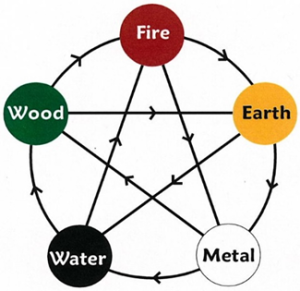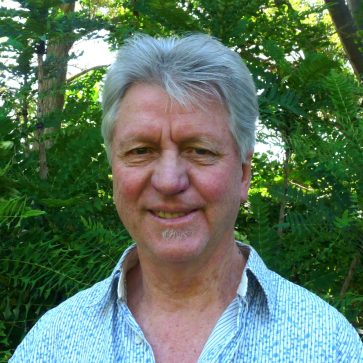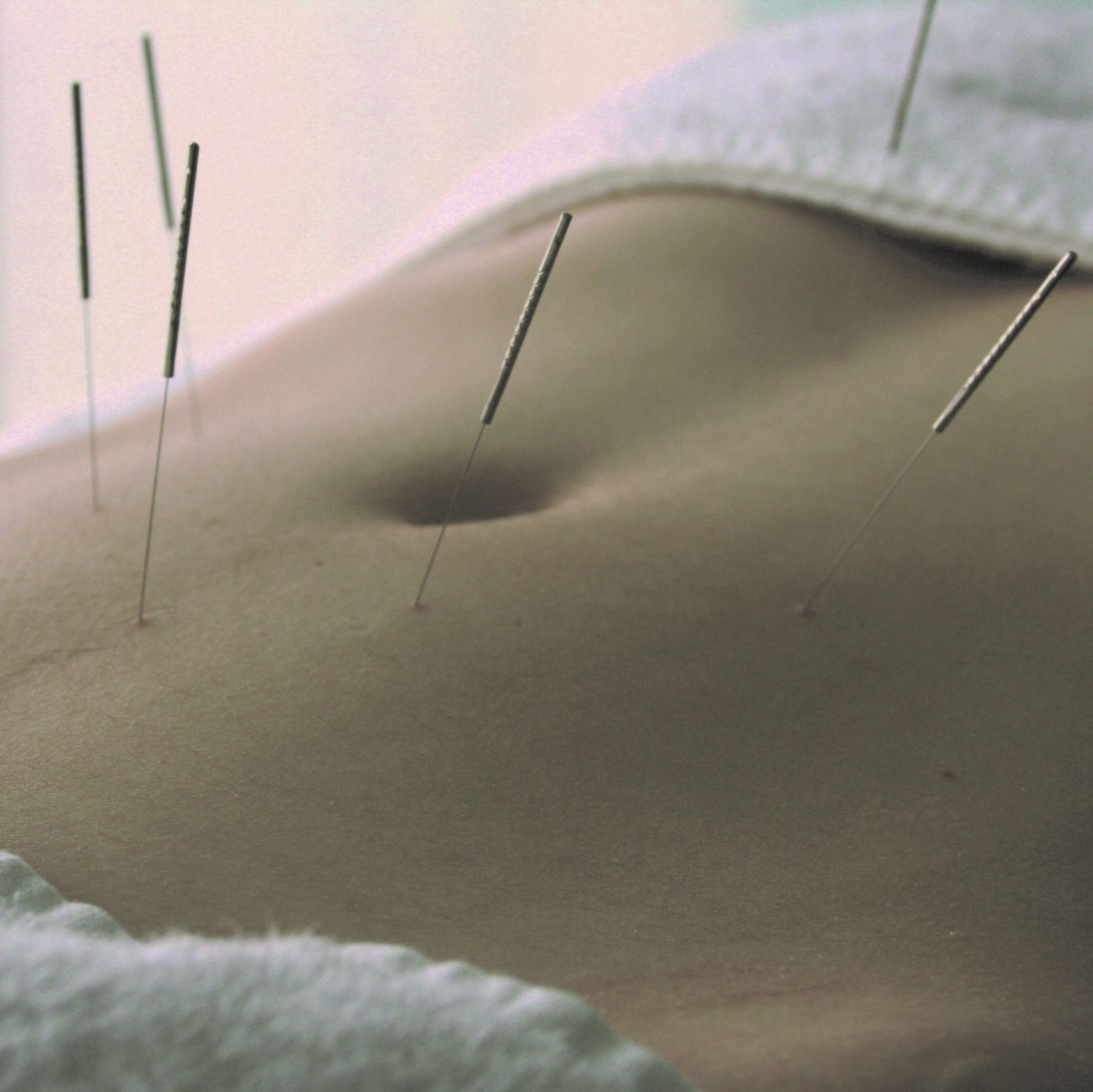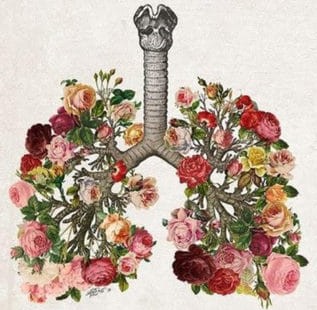
The ancient system of Chinese Medicine is a truly Wholistic medical system: it does not distinguish between body, mind and spirit but rather, these are seen as aspects of an interconnected whole. Unlike western medicine, which examines the structural and chemical landscapes of the human body in the minutest detail, Chinese Medicine describes a functional/energetic system of anatomy. According to this theory, the human body operates under the guidance of a network of interrelated Organ Systems each of which is associated with a particular primary psychological state.
Cycles of Nature
Traditional Chinese Medicine has a history going back at least three thousand years. Somewhere back in ancient China the sages developed a highly refined medical system which arose from their observation of the natural world. They observed the fundamental environmental factors, Wind, Heat, Cold, Damp and Dryness, and they perceived that these factors were also present within the human being. They also noted the unfolding of the seasons and the cycles of life and death and they arranged all of these phenomena into a conceptual framework, visualised as a pentagram, which they referred to as the Five Phases.
The Five Phases
The Five Phases describe the natural, cyclic movement of all phenomena. The sages discerned that the movement of the Phases follows two pathways. The Creation Cycle moves clockwise around the Pentagram. Each phase is regarded as being the Mother of the subsequent phase and the Son of the previous phase. The Control Cycle operates across the Pentagram. Each phase is regarded as the Father which prevents excessive activity of another of the phases. These two cycles thus ensure the continuous arising and the stability of the whole.

Yin and Yang
The historical development of ancient Chinese Medicine was also intrinsically reflective of the fundamental principles of Taoism which spoke of the Yin and Yang aspects of all phenomena. Yin and Yang are not substances, neither are they fixed and absolute; rather they are descriptions of relationship. The well known Yin/Yang symbol is a circle, indicating wholeness and completeness. Within this totality there are areas of light and areas of darkness, both of which are engaged in a dynamic spiralling interplay and both of which contain the seed of the other. These two forces depend on each other for their definition.
Patterns of Relationship

So the traditional medicine of the Orient arose from these fundamental understandings of nature and as such it can truly claim to be a wholistic medical system. Unlike our western medical approach, it does not reach a prognosis by dissecting areas of the body into smaller and smaller components. It does not reduce pathological processes down to simplistic cause and effect. Rather, Traditional Chinese Medicine looks at the relationships between the many facets of a human being: pain, symptoms, lifestyle, emotional state, etc., and then discusses them in terms of patterns of disharmony. The final prognosis, in Traditional Chinese Medicine terms, will be a poetic sounding description which by its nature implies a meaningful package of relationships and which allows a variety of approaches to effect a cure.
Traditional Chinese Medicine has an understanding of the intricate interconnectedness of all of the modes and functions of the human being. It recognises that you cannot pluck on any single strand of the web without sending vibrations throughout the entire network. This principle is well illustrated in the many interrelations of the points and channels of the body. It is further underscored by the fact that there are no magic buttons in Traditional Chinese Medicine, in other words there are no set formulas of particular points that are used to treat specific diseases. Rather, each case is treated individually; and any one person may be treated in a variety of ways to reach an effective result.
Historical Development
The original Chinese Medicine knowledge as we know it spread throughout the Orient over many centuries. The Japanese have been refining it since the fifth century AD. The Koreans, Vietnamese, Indians and Tibetans all have a history of acupuncture use. This has generated an enormously rich heritage. It is many faceted and subject to continuing debate and argument. As such, there is a wide variety of methodologies and techniques in use. Traditionally, a Traditional Chinese Medicine practitioner may take ten years or more to develop their style and area of expertise before finding their own niche within this broad body of traditions.













